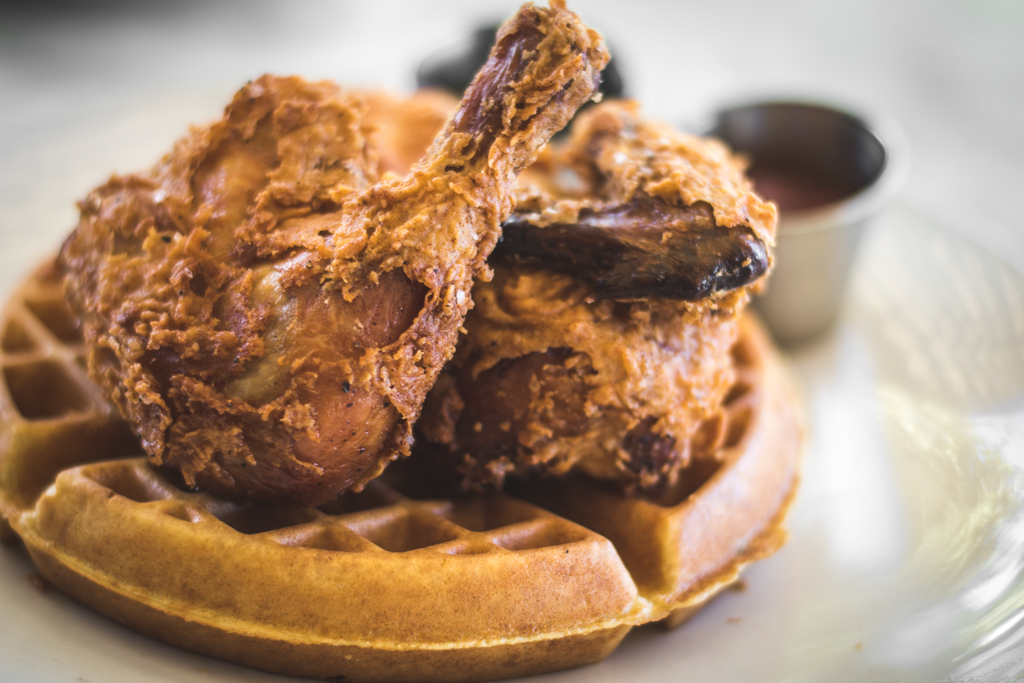
Just over a decade ago, I was a broke college student looking to splurge on sushi.
I was accustomed to my neighborhood Sushi Garden but wanted to venture outside my bubble. Driving past a decrepit strip mall with a McDonald’s and a drugstore, I caught a glimpse of Yamato Japanese Restaurant. The sign looked old, so I figured the restaurant had been there for ages because rent was cheap — or because it was amazing. I took the dive and parked in front of the eatery.
For a more authentic experience, I sat with my friend at the sushi bar. As I was chatting with her, the solo Japanese man making sushi turned and spoke to me.
“You have very deep voice for small Asian man,” he said.
He chuckled heartily and turned back around to continue making sushi. He was at least 50 years old, and I observed the difference in his movements. He was quick forming the sushi rice with his fingers, but not rushed. He was deliberate and precise slicing the fish, not showing any detectable hesitation. The decades of experience were immediately apparent.
I took a bite into the maguro nigiri, and my eyes opened wide. The tuna was delicate with umami. The rice was light and airy with just a kiss of sweetness and acidity. It was the best nigiri I had up to this point in my life.
The rest of the meal was a blur.
My check ended up around $40, about double what I’d spend for all-you-can-eat sushi in those days. It was worth it though, and I knew I’d be back. Even if it was only twice a year.
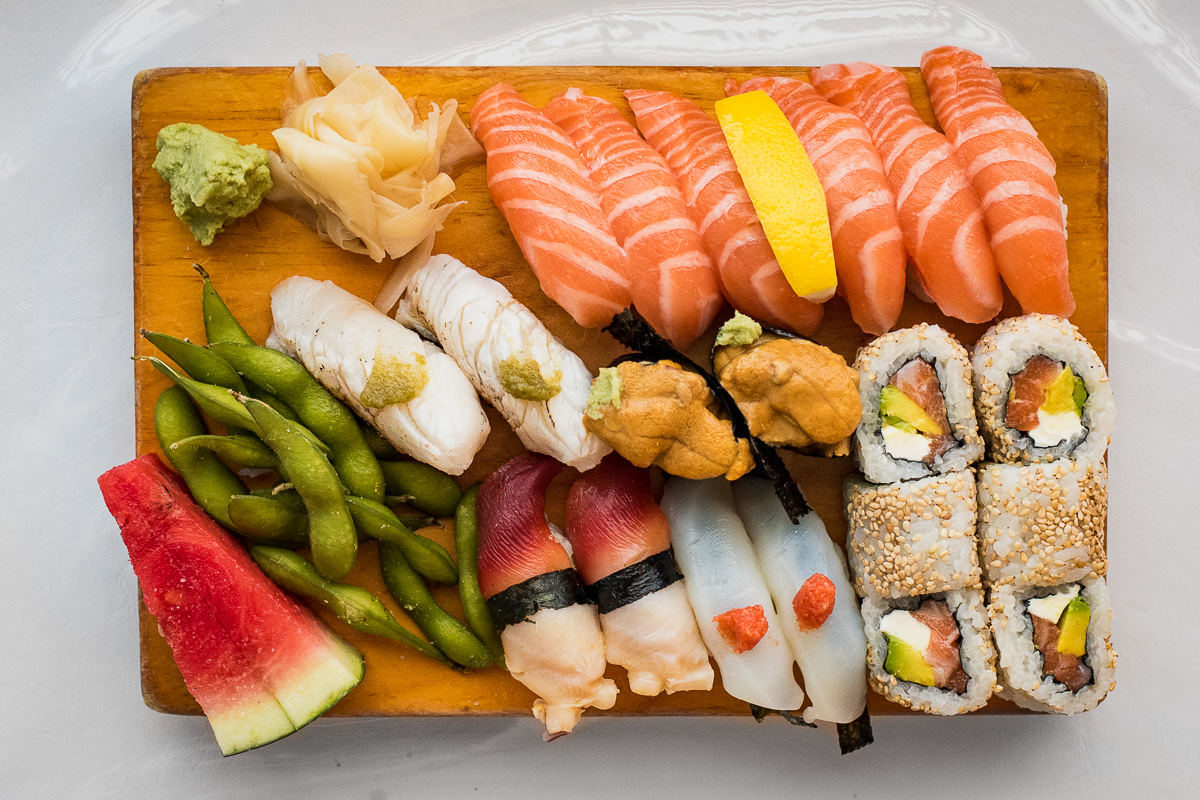
Five years later, my friend treated me to Yamato for my birthday. I exercised restraint, yet still ended up eating $40 in sushi. Over the weekend, I couldn’t stop thinking about my meal — so I returned three days later with the intention to set no limits.
I sat at the sushi bar by myself, and the sushi chef smiled, seemingly aware of why I was back so soon.
“Omakase, please,” I requested. The Japanese phrase roughly translates to “I’ll leave it up to you.”
He nodded and proceeded to focus on the sushi. He didn’t ask me anything since he already learned my preferences through the years.
He didn’t hold back.
One fish at a time, he placed two pieces of nigiri in front of me, carefully observing my reactions as I tasted each bite. After the lighter bites were gone, he moved onto the big guns: custardy uni, slightly sweet with a crisp coastal flavor; otoro, the supremely indulgent fatty belly of the overfished bluefin tuna, lavishly decorated with gold leaf; monkfish liver, his own recipe, a briny foie gras torchon of the sea.
I eventually tapped out and received a $72 bill, pre-tax and tip. Oops. This meant instant ramen for the next few weeks, but I regretted nothing.
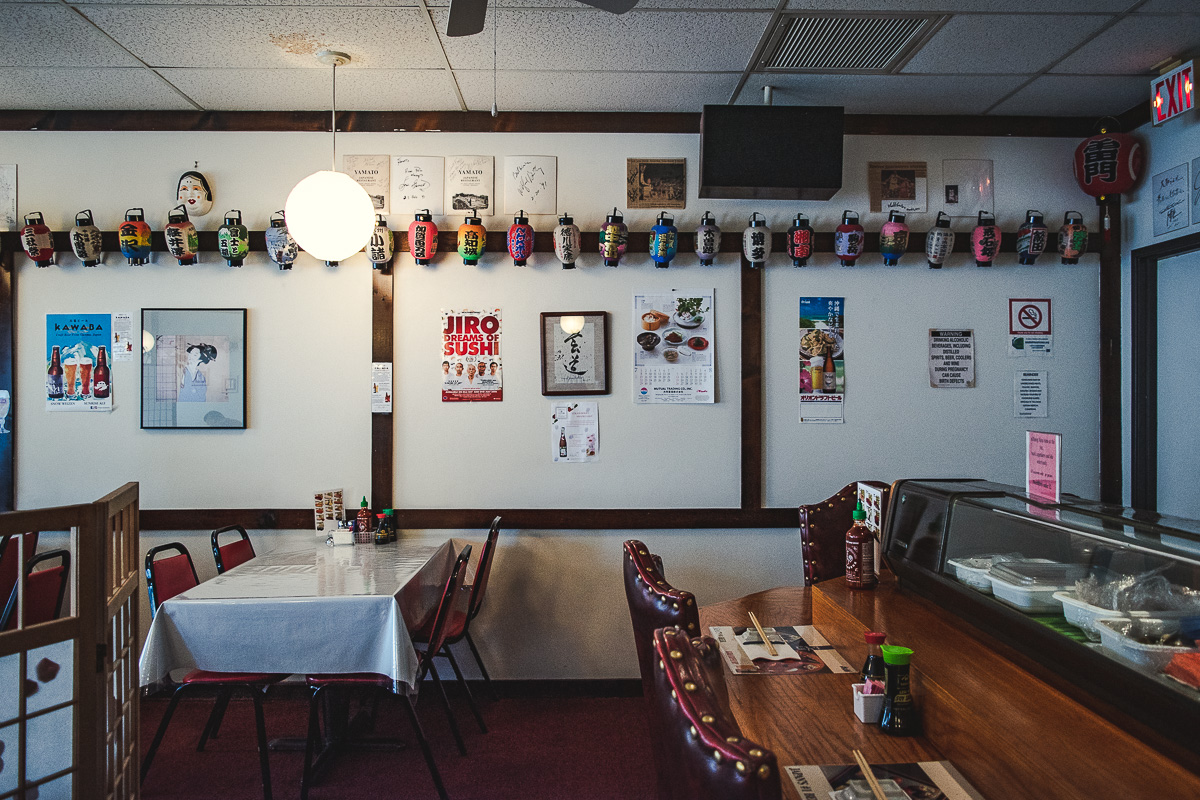
Every visit since the first time, the same solo sushi chef has greeted me with a “hey, long time no see.” Even though I visit once or twice a year, he still remembers me and my adventurous preferences.
On my most recent visit, I realized I had been visiting for over a decade — so it shouldn’t surprise me that he recognizes me at this point. I arrived right at opening before the lunch rush would distract his attention from me. I wanted to know his story.
Nakajima was born and raised in Nagano, Japan. He washed dishes as a high school junior in his uncle’s restaurant, eventually making his way to the kitchen cooking. At age 23, he came to America.
Tucson was supposed to be a temporary stop because his friends lived here. But it didn’t work out as planned — he opened Yamato Japanese Restaurant on September 7, 1988.
Three decades later, he still has no protégé in training. When he feels too old, that just may be the end of Yamato.
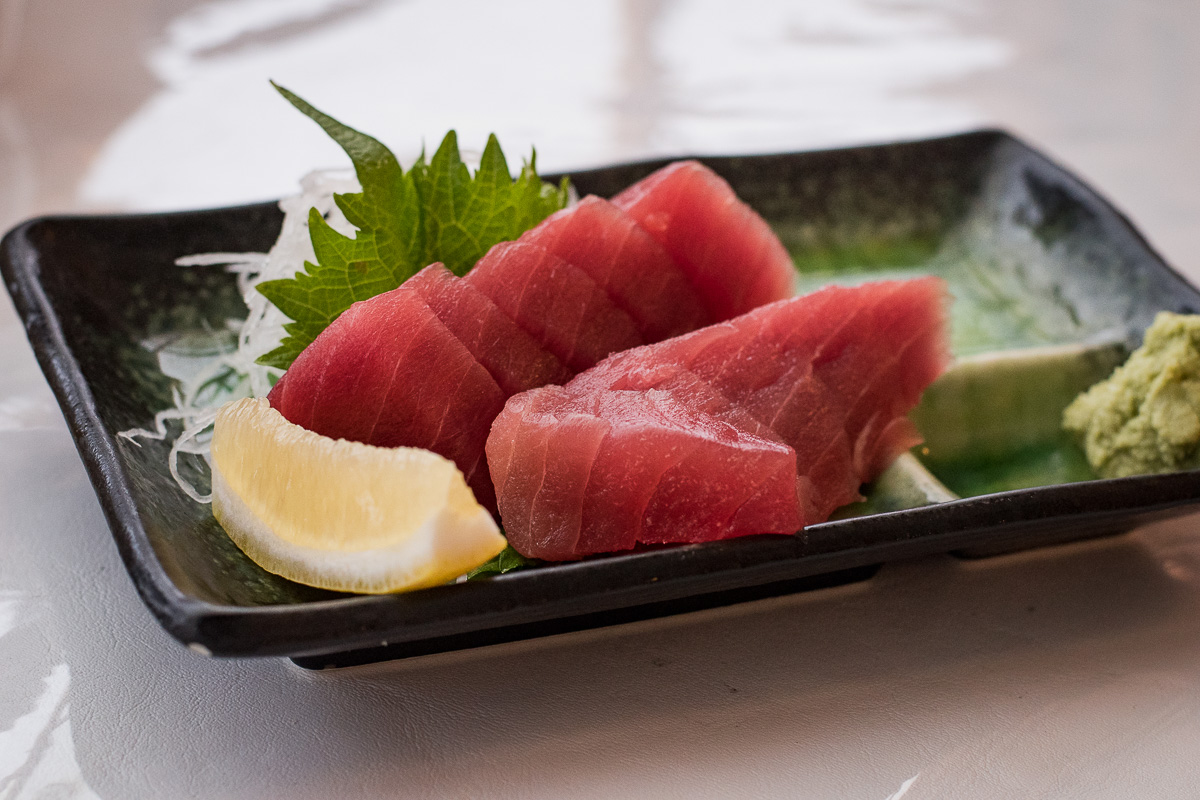
Thankfully, he has no plans on retiring yet. Where else will I get his signature cured salmon nigiri, cured with salt, sugar, dry wine, and secret ingredients that he refuses to reveal?
That cured salmon, topped with red onion and capers, is a one-off in the traditional menu. Nakajima is old school.
“Most restaurants here don’t have original [old-fashioned] food,” Nakajima said. “There’s a lot of fusion here.”
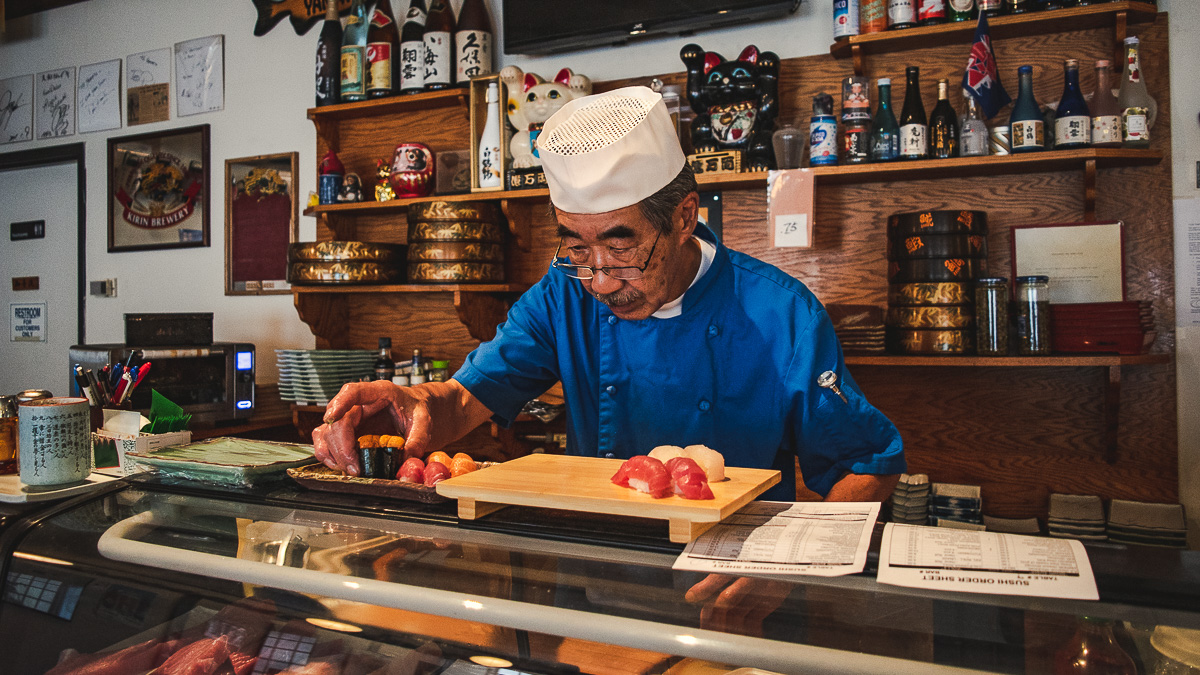
Having learned the craft of sushi in Japan rather than America, Nakajima focuses on honing his craft more than experimentation. For example, the rice in the nigiri sushi features small dimples underneath for structure and a lighter bite.
His people skills have also improved. While he still remains quiet and focused during a lunch rush, he has opened up more willingly for obscure questions. The last time I ordered uni, we discussed tasting notes for the latest batch from Santa Barbara, California.
But he still won’t share the cured salmon recipe after a decade of asking.
Yamato Japanese Restaurant is located at 857 E. Grant Rd. Keep up with Yamato Japanese Restaurant on Facebook. For more information, call (520) 624-3377.
Jackie Tran is a Tucson-based food writer, photographer, culinary educator, and owner-chef of the food truck Tran’s Fats. Although he is best known locally for his work for Tucson Foodie, his work has also appeared in publications such as Bon...